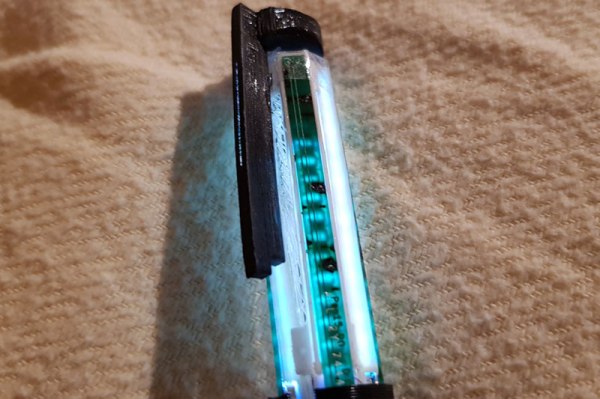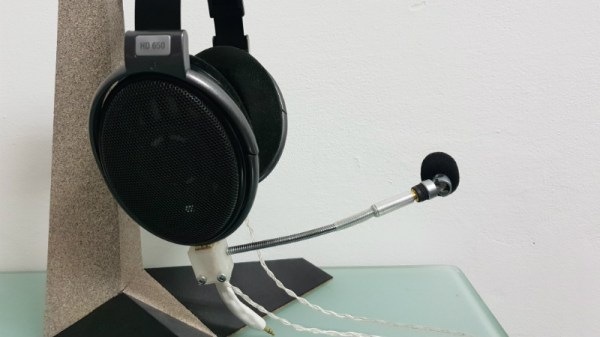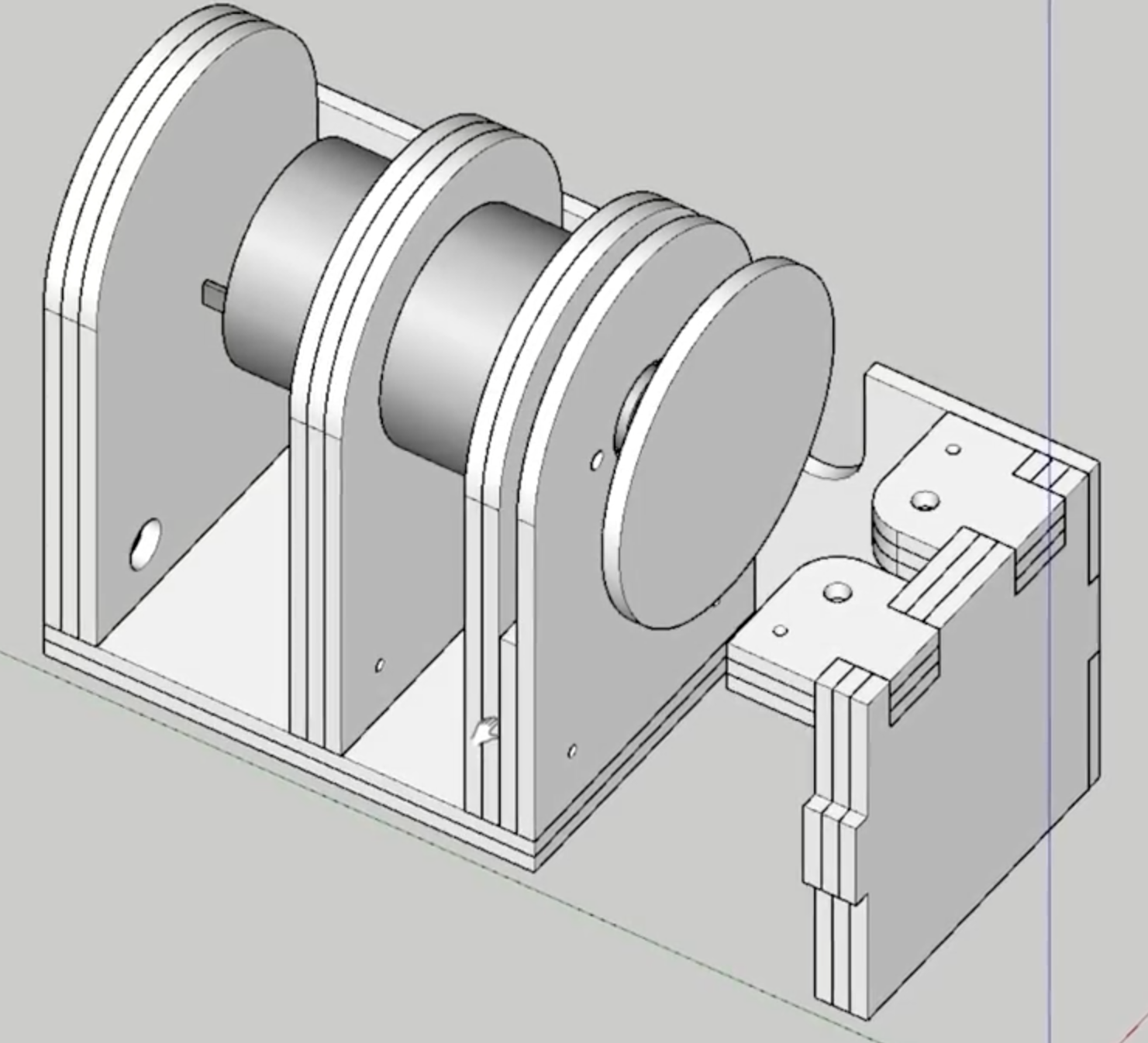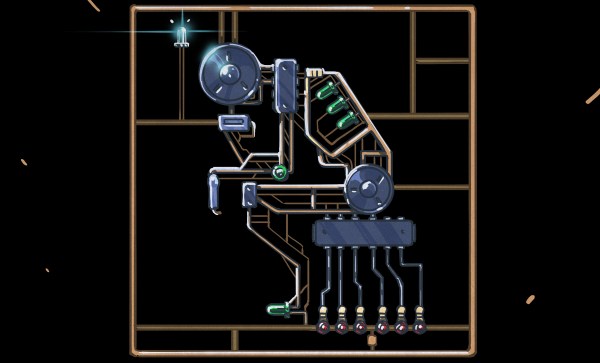The best computer ever made is nearly thirty years old. The Macintosh SE/30 was the highest-spec original all-in-one Macs, and it had the power of a workstation. It had expansion slots, and you could hang a color monitor off the back. It ran Unix. As such, it’s become the prize of any vintage computer collector, and [Kris] recently completed a restomod on our beige king. It’s a restored Macintosh SE/30, because yes, we need to see more of these.
The restoration began with the case, which over the last thirty years had turned into an orange bromiated mess. This was fixed with RestOBrite, or Retr0Brite, or whatever we’re calling it now. This was just Oxyclean and an off-the-shelf bottle of 3% hydrogen peroxide, left out in the sun for a little bit.
Of course the capacitors had spilled their magic blue smoke over the last three decades, so a few replacements were in order. This is well-trodden territory, but [Kris] also had to replace the SCSI controller chip. Three of the pads for this chip had lifted, but this too is something that can be fixed.
With the restoration work complete, [Kris] turned his attention to doing something with this computer. The spinny hard drive was replaced with a SCSI2SD, currently the best solution to putting SCSI disks into old computers. There are a few more additions, including a Micron Xceed color video adapter, a video card that allows the SE/30 to drive two monitors (internal included) in color.
The current plans are to attach a modem to this SE/30, have it ring into a Raspberry Pi, and surf the web over a very slow connection. There is another option, though: You can get a WiFi adapter for the SE/30, and there’s a System 7 extension to make it work. Yes, we’re living in the future, in the past. It’s awesome.







 Electrically the build is a simple as can be. It’s just a brushed DC motor plugged into a wall wart with a barrel jack and a toggle switch. But what else does it need? This isn’t a precision machine tool, so applying the “make it out of whatever scrap” mindset seems like a much better fit than figuring out PWM control with a MOSFET and a microcontroller.
Electrically the build is a simple as can be. It’s just a brushed DC motor plugged into a wall wart with a barrel jack and a toggle switch. But what else does it need? This isn’t a precision machine tool, so applying the “make it out of whatever scrap” mindset seems like a much better fit than figuring out PWM control with a MOSFET and a microcontroller.













